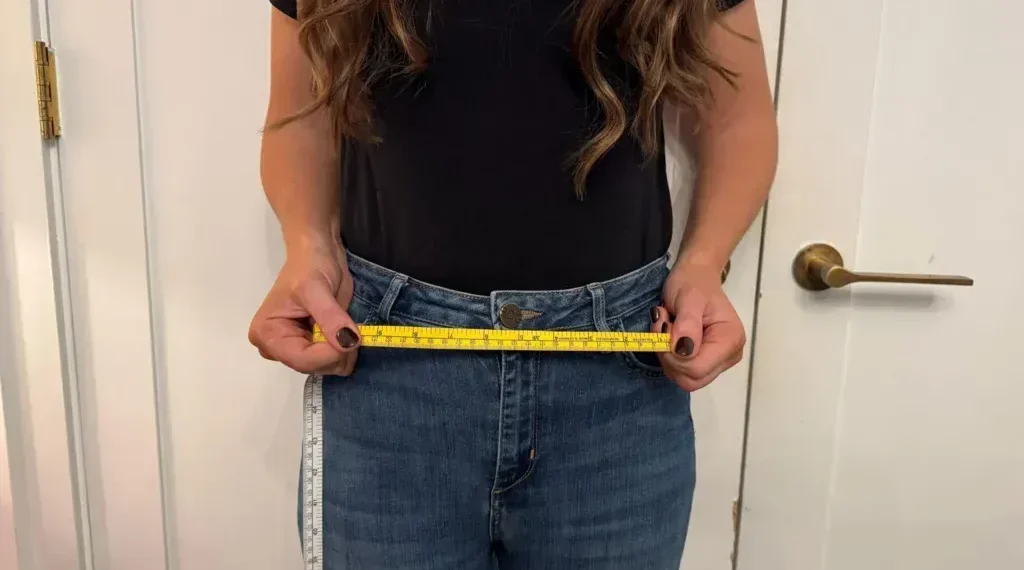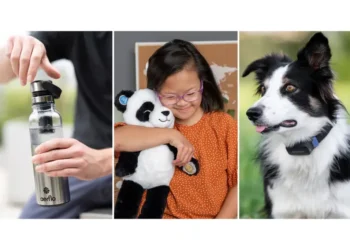Fashion Sizing Crisis: How Technology Is Helping Shoppers Find the Right Fit
Inconsistent clothing sizes across brands have long frustrated consumers and cost retailers billions annually. Emerging technologies, from AI-driven sizing platforms to virtual fitting rooms, are now attempting to address these challenges while improving sustainability and customer confidence. Industry experts emphasize both potential and limitations of tech in standardizing fashion sizes.
The Global Sizing Problem
Many shoppers know the frustration: a pair of jeans labeled size 10 at one store may be a size 14 elsewhere. This inconsistency leads to confusion, frustration, and a surge in product returns. Retailers globally lose an estimated £190 billion annually to returns caused by mismatched sizing, according to industry estimates.
“I don’t trust high-street sizing,” said one London shopper. “I buy by how it looks rather than the actual size.” Such practices often result in ordering multiple items of the same style, with unused pieces returned, exacerbating environmental and financial costs.
Emerging Solutions in Sizing Technology
AI and Body-Scanning Tools
Companies including 3DLook, True Fit, and EasySize use smartphone body scans to recommend the most accurate size for shoppers. These systems reduce guesswork at checkout and aim to cut return rates.
Virtual Fitting Rooms
Platforms like Google’s virtual try-on, Doji, Alta, Novus, DRESSX Agent, and WEARFITS allow users to create digital avatars, previewing garments before purchase. This approach provides a more personalized shopping experience and enhances consumer confidence online.
AI Shopping Agents
Newer tools such as Daydream, OneOff, and Phia combine AI recommendations with celebrity-inspired styling and comparative sizing analysis across multiple e-commerce sites. These technologies increasingly bridge the gap between personal preference and accurate fit prediction.
Fit Collective and Pre-Production Solutions
UK-based start-up Fit Collective, founded by tailor Phoebe Gormley, tackles sizing issues at the production stage rather than at the point of sale. Gormley uses machine learning to analyze manufacturing data, sales figures, returns, and customer feedback to adjust patterns and sizing before garments are produced.
“Fashion’s current model is a downward spiral: brands make cheaper garments to offset returns, leading to unhappy customers and more waste,” Gormley told industry reporters. Fit Collective raised £3 million in pre-seed funding, reportedly the largest for a solo female founder in the UK.
The system provides actionable guidance for design teams, such as adjusting garment length by a few centimeters to reduce return rates and improve overall fit consistency.
Industry Experts on Technology and Limitations
Paul Alger, Director of International Business at the UK Fashion and Textile Association, cautions that body shapes and fit preferences are highly individual. “People aren’t mannequins. Sizing is subjective, and global body shapes differ,” he explained.
Alger also highlighted “vanity sizing,” where brands intentionally label clothes with smaller numbers to appeal to consumer psychology. Once established, these sizing norms persist across seasons, creating brand-specific standards rather than universal measurements.
Sophie De Salis, sustainability policy adviser at the British Retail Consortium, notes that retailers are increasingly prioritizing smarter sizing tech. “AI-driven solutions are key to reducing returns and supporting sustainability goals,” she said. Many BRC members now collaborate with innovative technology providers to improve size accuracy and minimize waste.
The Road Ahead for Fashion Retail
While no single tool can completely resolve inconsistent sizing, the combination of AI analytics, virtual fitting rooms, and pre-production sizing adjustments suggests the industry is evolving.
With returns increasingly a board-level concern and sustainability pressures mounting, fashion houses may accelerate adoption of data-driven design and sizing solutions. The shift reflects both consumer demand for better-fitting clothes and the environmental need to reduce excessive returns and production waste.
“As technology improves, we can anticipate fewer returns, happier customers, and more sustainable practices,” De Salis said, emphasizing the dual benefit of accuracy and environmental responsibility.
This article was rewritten by JournosNews.com based on verified reporting from trusted sources. The content has been independently reviewed, fact-checked, and edited for accuracy, neutrality, tone, and global readability in accordance with Google News and AdSense standards.
All opinions, quotes, or statements from contributors, experts, or sourced organizations do not necessarily reflect the views of JournosNews.com. JournosNews.com maintains full editorial independence from any external funders, sponsors, or organizations.
Stay informed with JournosNews.com — your trusted source for verified global reporting and in-depth analysis. Follow us on Google News, BlueSky, and X for real-time updates.













